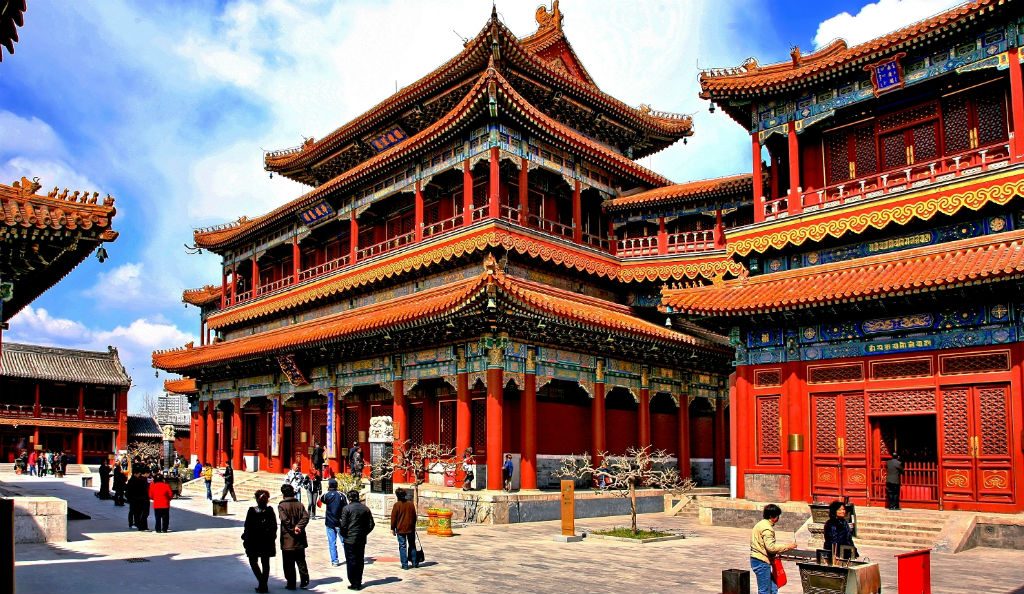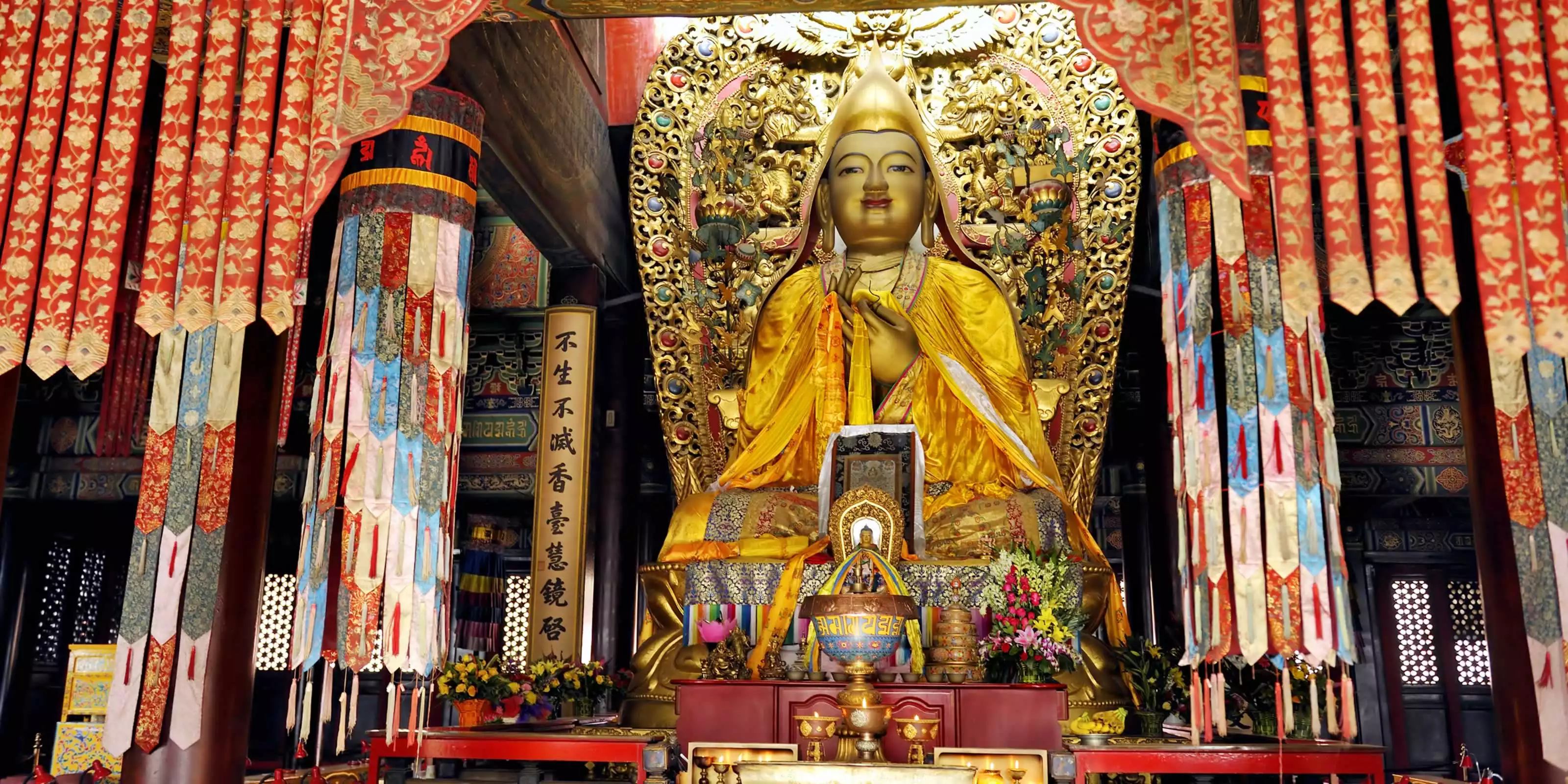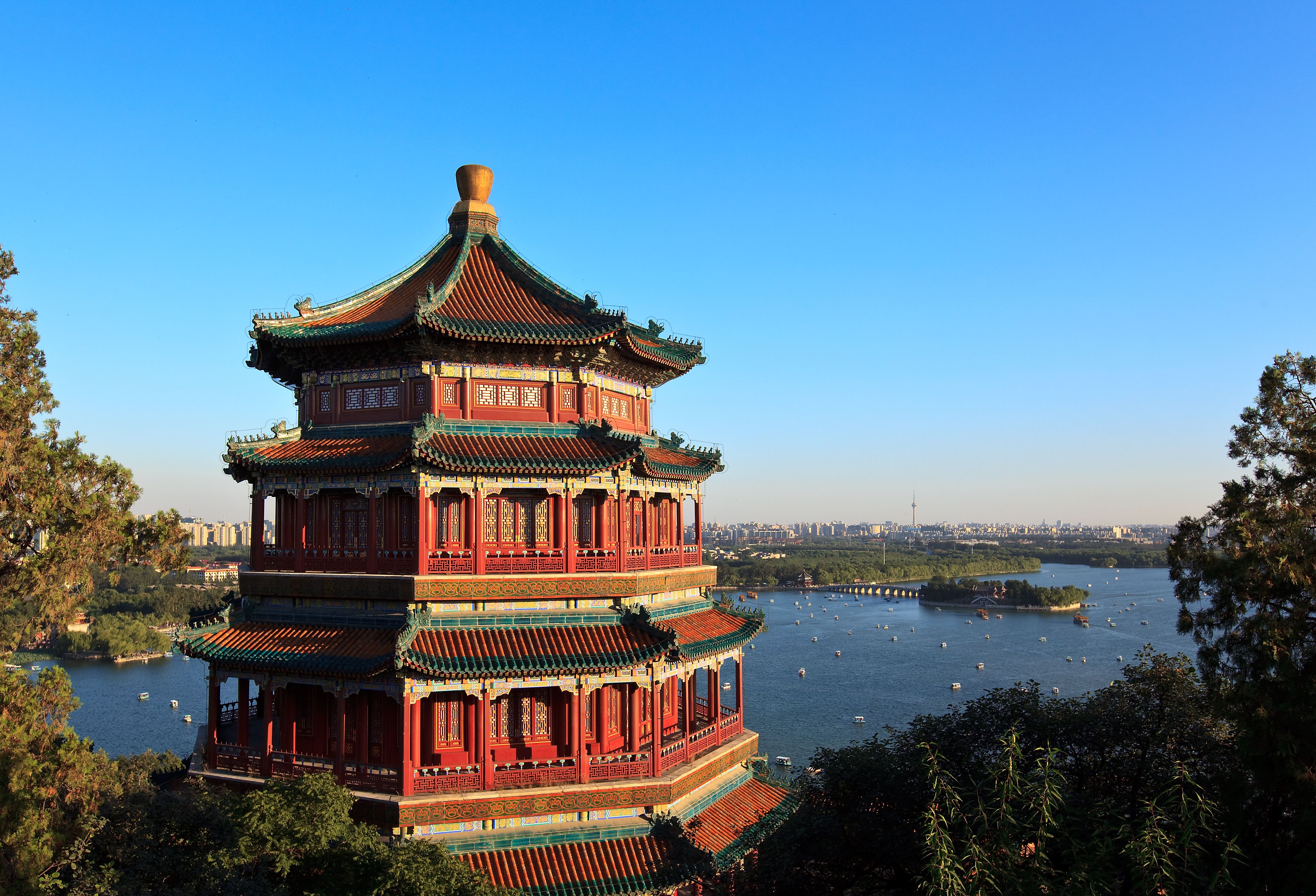Exploring Beijing’s Lama Temple and Buddhist Traditions
When it comes to Beijing cultural landmarks, few places capture the essence of China’s rich heritage quite like the Beijing Lama Temple. As a premier cultural attraction in Beijing, this stunning site offers an immersive journey into China Buddhist culture, blending ancient traditions with spiritual depth. Whether you’re a seasoned traveler or a curious culture enthusiast, visiting the Beijing Lama Temple is a must for anyone seeking to understand the heart of China heritage tours. Here at jusha.travel, we love sharing tips to make your China journey unforgettable, and in this guide, we’ll dive into the history, architecture, and living traditions of this iconic destination. https://jusha.travel/why-beijings-forbidden-city-is-a-must-see-in-2025/ Imagine stepping into a serene oasis amidst the bustling streets of Beijing—a place where the air is thick with incense and echoes of ancient chants. The Beijing Lama Temple, also known as Yonghe Temple, isn’t just a historical site; it’s a living testament to China Buddhist culture that continues to inspire millions. In this post, https://jusha.travel/historical-places-in-china/ we’ll explore its fascinating layers, from imperial origins to modern-day relevance, helping you plan an enriching visit as part of your Beijing travel guide. Let’s embark on this cultural adventure together!

The Historical Legacy of Beijing’s Lama Temple
The story of the Beijing Lama Temple begins in the late 17th century, a https://jusha.travel/best-places-to-visit-in-china/ time when imperial China was weaving together diverse cultural threads. Established in 1694 during the Qing Dynasty, this site originally served as a residence for court eunuchs and later as the home of Prince Yong, who ascended to become Emperor Yongzheng. By 1744, it had transformed into a full-fledged monastery and lamasery, becoming a pivotal center for Tibetan Buddhism outside of Tibet itself. This evolution highlights the temple’s role in China Buddhist culture, where religion and politics intertwined to foster diplomacy between the Qing court and Tibetan leaders. You can learn more about this fascinating history in our recommended resource: the [Ultimate Guide to Yonghe Temple (Lama Temple) in Beijing](https://www.chinaodysseytours.com/beijing/beijing-lama-temple.html).
For travelers on a China heritage tour, understanding this background adds layers of meaning to your visit. The temple’s imperial connections reflect how Beijing cultural landmarks like this one were not just spiritual hubs but also symbols of state power. Picture the halls that once echoed with royal decrees now filled with monks’ chants—it’s a reminder of China’s dynamic past. If you’re planning a trip, consider timing your visit with quieter periods, such as weekdays, to fully absorb the atmosphere. And don’t forget to check out a comprehensive Beijing travel guide like the one at [Beijing Travel Itinerary – Fall in Love in 4 Days](https://bea-adventurous.com/beijing-travel-itinerary/) to seamlessly integrate the Lama Temple into your itinerary. https://jusha.travel/top-10-must-visit-cities-in-china-for-2025-adventures/

Architectural Diversity: A Blend of Cultures and Styles
One of the most captivating aspects of the Beijing Lama Temple is its architectural splendor, which exemplifies the fusion of Han Chinese, Tibetan, Manchu, and Mongolian influences—a true hallmark of cultural attractions in Beijing. Spanning over 66,400 square meters, the temple features five main halls and courtyards aligned along a north-south axis, each designed to symbolize a spiritual journey. From the yellow-glazed roof tiles evoking imperial grandeur to the intricate wood carvings of dragons and Buddhist motifs, every detail tells a story of cultural harmony.
As you wander through the Hall of the Heavenly Kings, Hall of Harmony and Peace, and the majestic Pavilion of Ten Thousand Happinesses, you’ll notice how these structures blend styles to create a cohesive whole. This architectural diversity isn’t just visually stunning; it mirrors the broader tapestry of China Buddhist culture, where different ethnic groups contributed to a shared spiritual legacy. For instance, the rising design of the halls represents an ascent toward enlightenment, a concept that’s both poetic and practical for visitors seeking deeper https://jusha.travel/discover-the-best-hiking-trails-in-china-a-guide-to-adventure-and-natural-wonders/ insights.
Practical tip: When exploring Beijing Lama Temple, wear comfortable shoes for the expansive grounds and consider downloading a temple app or joining a guided tour for detailed explanations. If you’re interested in more on this topic, the [Lama Temple (Yonghe Lamasery) – China Journey Guide](https://www.chinajourneyguide.com/lama-temple/) offers excellent visuals and historical context, perfect for enhancing your Beijing travel guide.
This site also ties into modern China heritage tours by showcasing how ancient designs influence contemporary architecture. Fun fact: The temple’s use of sustainable materials, like the massive wooden beams, predates today’s eco-friendly trends, reminding us of China’s long-standing innovation in technology and design. https://jusha.travel/chinas-high-speed-rail-revolution/

Treasures and Sacred Artifacts: Immersing in Buddhist Art
Delving deeper into the Beijing Lama Temple reveals a treasure trove of sacred artifacts that bring China Buddhist culture to life. At the heart of it all is the colossal Giant Sandalwood Buddha, a 26-meter statue carved from a single tree trunk, recognized as the largest of its kind in China. This masterpiece, housed in the Pavilion of Ten Thousand Happinesses, embodies the essence of Mahayana Buddhism and serves as a focal point for meditation and reflection.
Another highlight is the Five Hundred Arhat Mountain in the Hall of the Wheel of Law, a intricate sandalwood sculpture depicting 500 enlightened beings. Each figure, crafted from metals like gold and silver, represents individual paths to enlightenment, offering visitors a glimpse into https://jusha.travel/chinese-calligraphy-is-a-cultural-art-you-should-try/ the artistic and spiritual depth of cultural attractions in Beijing. The temple’s murals, prayer wheels, and vibrant paintings further enhance this immersive experience, where art and ritual intersect.
For culture enthusiasts, these treasures provide a window into China’s artistic heritage. A practical insight: Engage in the tradition of spinning prayer wheels as you walk through—it’s not only a respectful act but also a way to connect with local customs. To learn more about these artifacts and their historical significance, check out the detailed overview at [Lama Temple (Yonghe Temple) – Beijing](https://www.chinadiscovery.com/beijing/lama-temple.html). This resource can complement your China heritage tours by providing context on how such items have influenced broader Asian art forms.
In today’s world,)obj where technology meets tradition, the temple even offers virtual tours via apps, making it accessible for those planning remote explorations. It’s a nod to how Beijing cultural landmarks are evolving to blend ancient wisdom with modern innovation.

Living Buddhist Traditions: Rituals and Community Life
Beyond its historical and artistic allure, the Beijing Lama Temple thrives as an active center of China Buddhist culture, where traditions continue to flourish. As a key site for the Gelug school of Tibetan Buddhism, it hosts daily rituals like sutra chanting, incense offerings, https://jusha.travel/discover-the-magic-of-tibet-spiritual-tours-a-journey-into-ancient-wisdom-and-cultural-treasures/ and prayer wheel spinning, drawing monks and laypeople alike. During festivals such as the Monlam Great Prayer Festival, the temple comes alive with elaborate ceremonies, fostering a sense of community and spiritual renewal.
This living aspect makes the Beijing Lama Temple a standout cultural attraction in Beijing, allowing visitors to observe real-life practices that have been passed down for centuries. You’ll often see worshippers making prostrations or leaving offerings, which are central to Mahayana beliefs about accumulating merit. It’s a humbling experience that underscores the temple’s role in modern China heritage tours.
Culturally sensitive tip: When visiting, dress modestly and maintain a quiet demeanor to respect ongoing activities. If you’re eager to dive deeper, resources like [Beijing Lama Temple: Where Spirituality Meets History](https://wildgreatwall.com/beijing-lama-temple/) provide insights into these rituals, helping you prepare for an authentic encounter. This is especially useful for first-time travelers using a Beijing travel guide to navigate cultural norms.
In a rapidly modernizing China, the temple also highlights how technology, such as live-streamed ceremonies, is preserving these traditions for global audiences—another way Beijing cultural landmarks are adapting to the digital age.
Conclusion: Embracing the Spirit of Beijing’s Cultural Treasures
In wrapping up our exploration of the Beijing Lama Temple, it’s clear that this site is more than just a landmark; it’s a gateway to understanding China Buddhist culture and the vibrant mosaic of cultural attractions in Beijing. From its imperial origins and architectural wonders to its sacred artifacts and living rituals, the temple offers invaluable insights for any China heritage tour or Beijing travel guide. By visiting, you’ll not only witness history but also feel the pulse of ongoing traditions that inspire and connect us all. https://jusha.travel/what-makes-tibets-spiritual-sites-a-travelers-paradise/ Here at jusha.travel, we’re passionate about guiding you through these experiences to make your China adventures truly memorable. Whether you’re planning your next trip or_TESTS simply dreaming from afar, we encourage you to share your thoughts in the comments below, visit jusha.travel for more inspiring content on China’s food, technology, and hidden gems, or explore related articles like our guides to other Beijing cultural landmarks. What are your favorite aspects of Chinese culture? Let’s keep the conversation going—safe travels!

